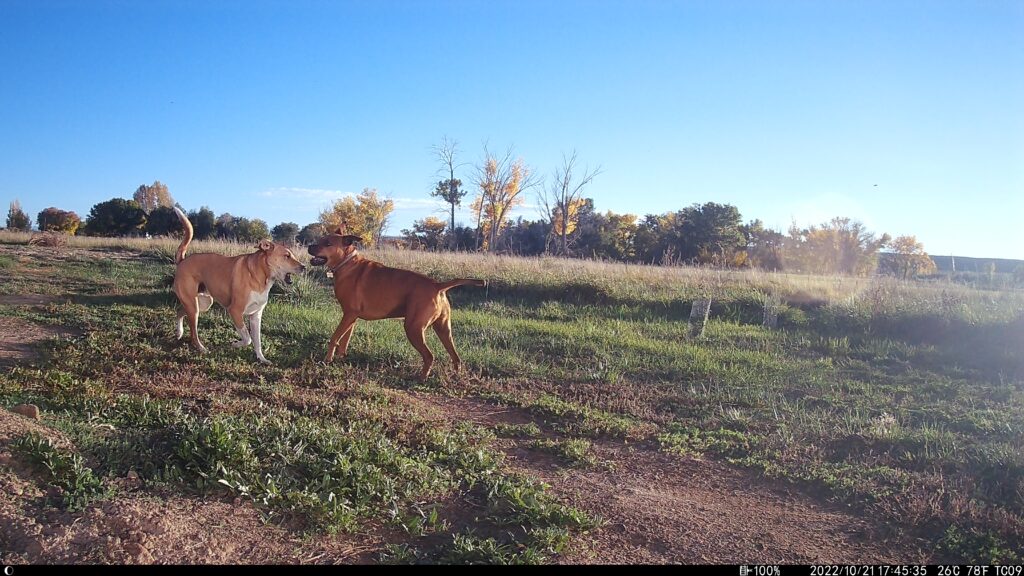2022 was our first full year living in western Colorado. With much work to do on our gardening and orchard establishment, we did not camp, hike, and collect as much as normal. We had three major aphid collecting outings, two of which were to New Mexico. A long-postponed geology conference was held in May near Grants, and the usual fall geology conference was based in Socorro in September. I tagged along for both, collecting aphids and hiking while Gina looked at rocks and hung out with friends.
A one sentence summary: What a difference 4 months can make!
May, 2022
Wildfire was on the minds of everyone in New Mexico after an incredibly dry winter and spring. I had made some good collections of sagebrush aphids and a few others in SW Colorado as we made our way to Grants with a few nights of camping. Among these aphids was the apparently undescribed species of Epameibaphis that has long very thin siphunculi and lives at medium elevations on Artemisia tridentata that seems to be Wyoming sage, Basin Big sage, or something in between. In the hills south of Naturita this species was very abundant on sagebrush that had been heavily browsed by elk.
As often happens in northwestern New Mexico, we struggled to find good camp sites among the oil fields. After hours of driving on the 24th of May, we settled next to a tree and a cattle watering site on the edge of a fragment of public land amid the oil wells and their flaming natural gas vents. Collecting looked to be bleak (it was). But, on an evening hike with the dogs I found an entire forest floor of petrified trees. Some rested on the soil surface and looked like the tree had fallen and shattered into fragments. It was one of most exciting non-aphid finds of my life.
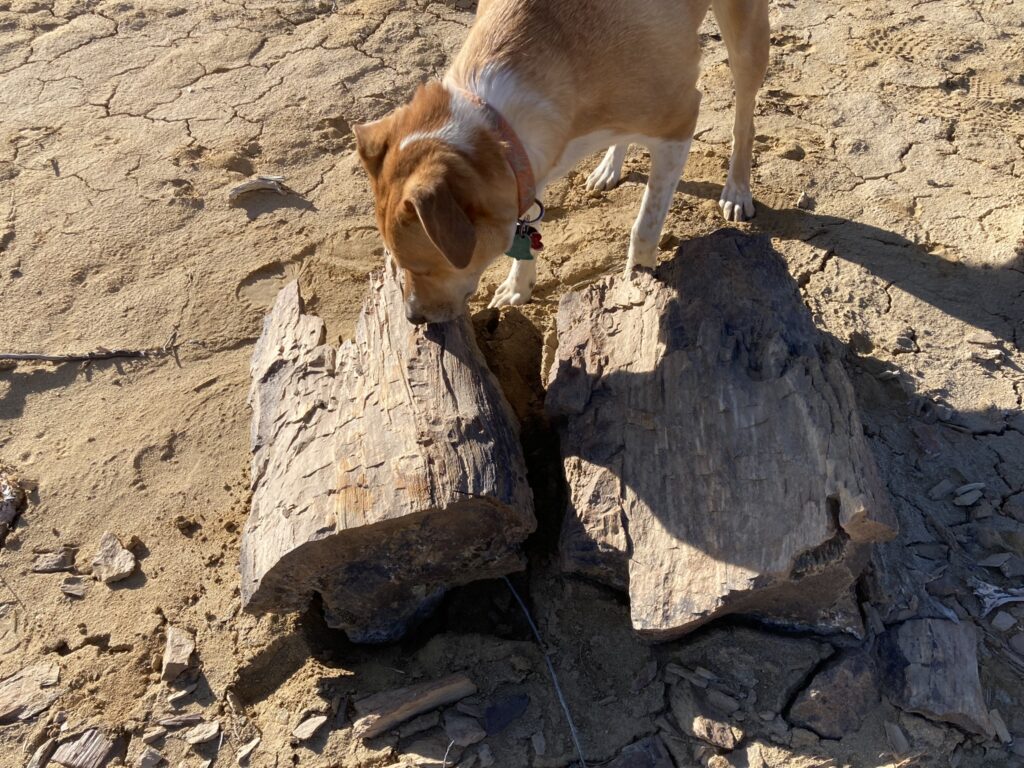
The next morning we visited the ancient ruins at Chaco Canyon. Although the unusually hot spring day presented challenges for our dogs waiting in the truck (dogs are not allowed in the ruins), we had some fun walks among and through these ancient buildings. It is surreal to touch those stone walls and imagine the humans who built them so many centuries before.
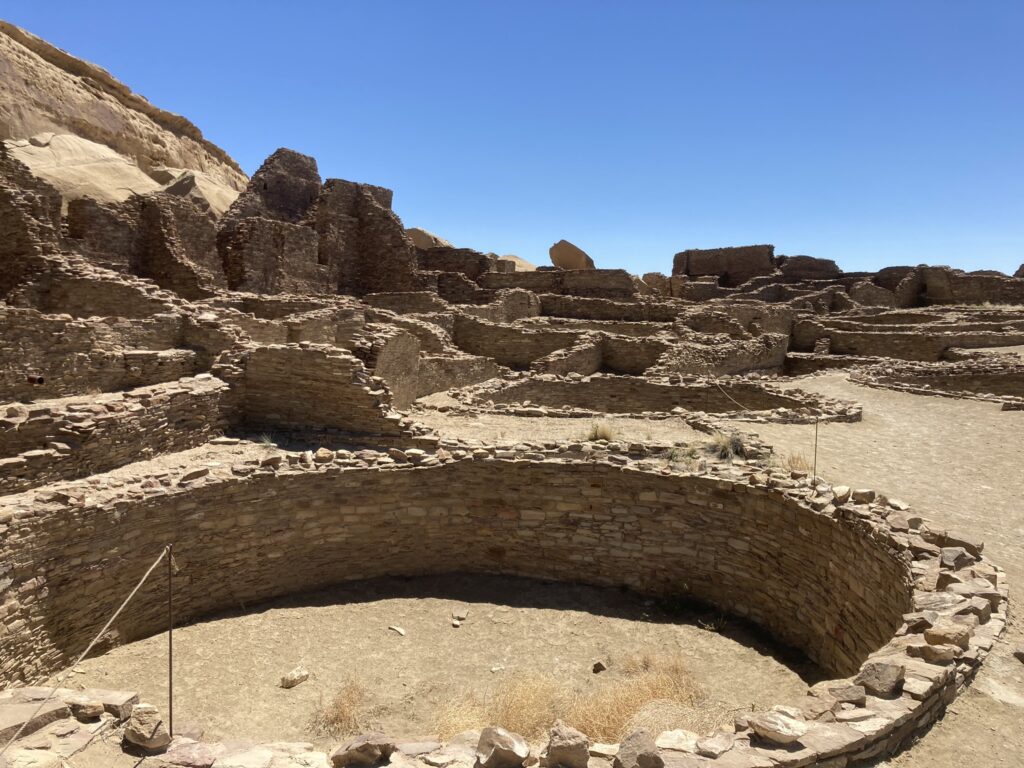
Moving south from there, we arrived in Grants, which would be our home base for a few days. The landscape was so dry, there having been hardly any rain since summer of 2021. Mina, Mani, and I spent 2 full days in the forests and deserts looking for aphids, observing the plants and animals, and feeling for the parched and worried plants. We found some interesting sites and a great view or two. Collecting was slow, but as ever, careful searching revealed some good samples of springtime aphids.

After the geology conference we left Grants for a final camp in the Zuni mountains. As we left town, we heard that, due to extreme drought and fire danger, all National Forests in New Mexico would close to public access the following day. We had that one last night to enjoy New Mexico, filled with fear that our favorite forest sites may burn in the coming days and weeks (thankfully, they didn’t).
Summer 2022 was one of gardening, building, and doing around our little ‘farm.’ Across the Southwest it was a wet summer, the monsoonal moisture plentiful for the mountains and plains. As September neared, I was getting excited by the prospects of collecting aphids in central New Mexico after a wet summer.
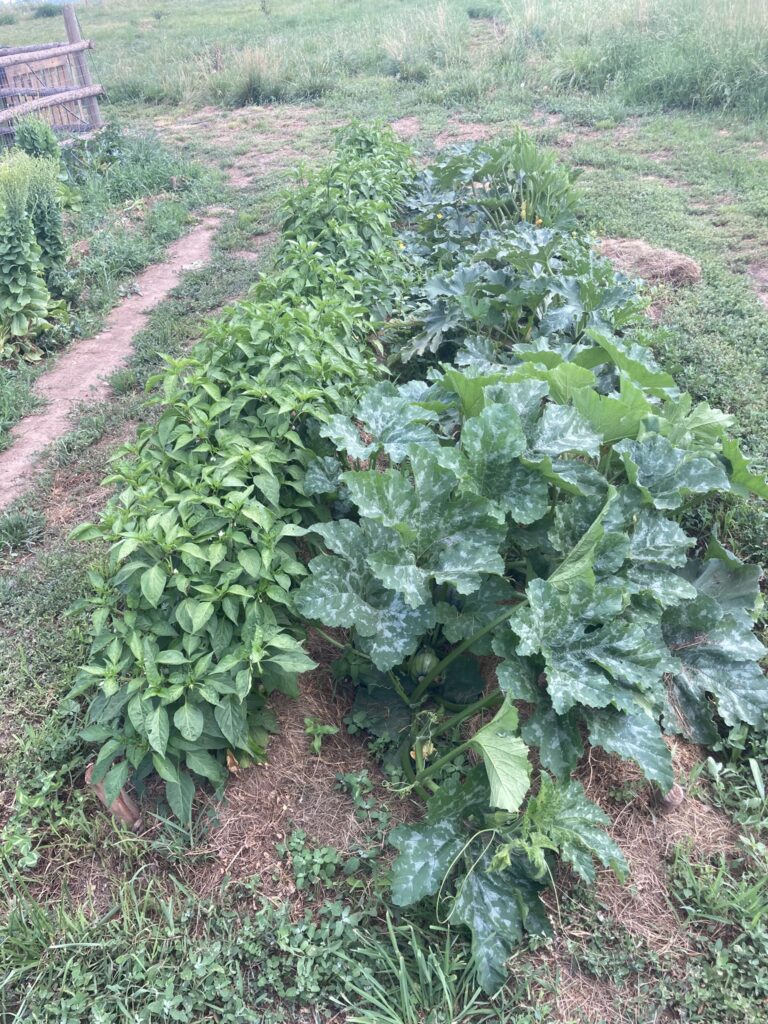
September, 2022
Leaving home on 23 September, we headed southeast to camp in southern Colorado before crossing the border to New Mexico. Aphid collecting was productive at nearly every stop and campsite along the way. We arrived in Socorro some days later, enjoying the hospitality of a friend in town. She provided a hint for aphid collecting: South Canyon at the base of the Magdalena Mountains. Go west on highway 60, she said, and turn on a little road marked with a sign saying, “Passenger cars not recommended.” It’ll be fine, she said (it was). It took some driving back and forth to find the road, nothing more than a two-track trail behind a rickety gate. Driving through a few cattle allotments and gates, I found the Forest Service boundary and a disused trailhead. Aphids were everywhere! This site is where I finally figured out how to use the plant identification app called PictureThis. The summer had been so wet that wildflowers were everywhere, and so many species were new to me. I learned, for example, what Viguiera looks like (it has a big leggy Illinoia on it). We hiked up the canyon that felt like black bear country, identified plants, and collected aphids. The most exciting find was an oddly apple-colored aphid living on Philadelphus microphyllus (a small-leaved shrub of canyons and rocky places). Once mounted, this aphid is similar to some Acyrthosiphon, especially the species I recently described called A. rockspirea (except with longer siphunculi than that species). What a fantastic collecting area!
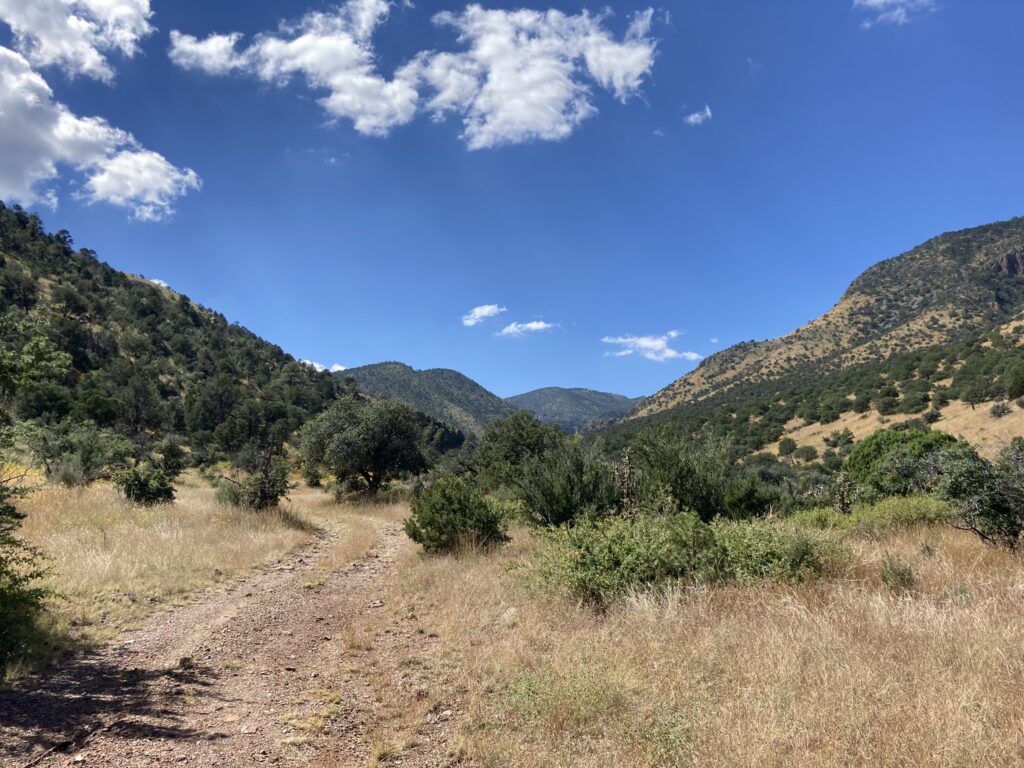
The next day the dogs and I drove up Water Canyon road to the top of South Mountain. Once again, I was overwhelmed by aphids everywhere I looked. It was the perfect time of year to get heteroecious aphids arriving on their shrubby primary hosts and producing oviparae, and the monoecious aphids on their many hosts with wingless and winged females, oviparae, and males. Here, I got numerous specimens of the undescribed Illinoia that lives on Monardella in those mountains, and to my great satisfaction, I finally found a couple alates of the undescribed Wahlgreniella that lives on Fallugia (a.k.a. Apache plume). On the way back down the mountain we stopped and collected several times. Among these was a north-facing spur road, along which grew large Holodiscus plants (the large-leaf kind called ocean spray). I collected numerous big aphids with incredibly long antennae. I assumed they were the species I described in 2000 called Macrosiphum holodisci (they weren’t – they are yet another undescribed species that cannot be clearly placed in any genus). What a day of collecting!

There were too many good collections and sites in this trip to recount. After slide mounting season I’d made 200 slides from that one trip to New Mexico – about one third of the entire 2022. This trip renewed my enthusiasm for New Mexico and for studying the aphids of southwestern U.S.A., and a longing to be able to see the aphids of neighboring Mexico (if only). The 2023 trip will be southern New Mexico in September. May the summer be wet and the aphids abundant!
